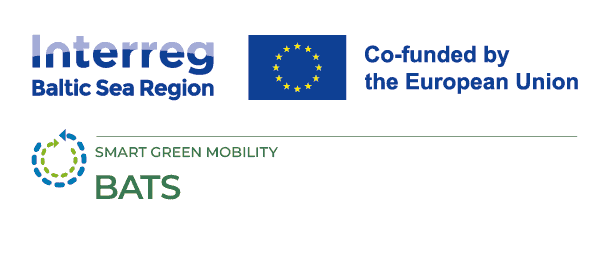
BATS Consortium heads to Tallinn for third partner meeting!
10 October 2024
Jointly hosted by Tallinn University of Technology and Union of Harju Municipalities, partners travelled from across the Baltic Sea Region ahead of a fruitful and action-packed few days of collaboration.
The location for day 1 of the meeting was the Cabinet of the Chancellor of Justice, located in the cobbled streets of Tallinn’s beautiful and historic old town. With clear skies and perfect views across the city, partners assembled and chatted over coffee, catching up after nine months since the last physical partner meeting in Ümea.
Following an introduction and welcome from the host partners, the meeting commenced with a summary of the meeting objectives and agenda for the days ahead.
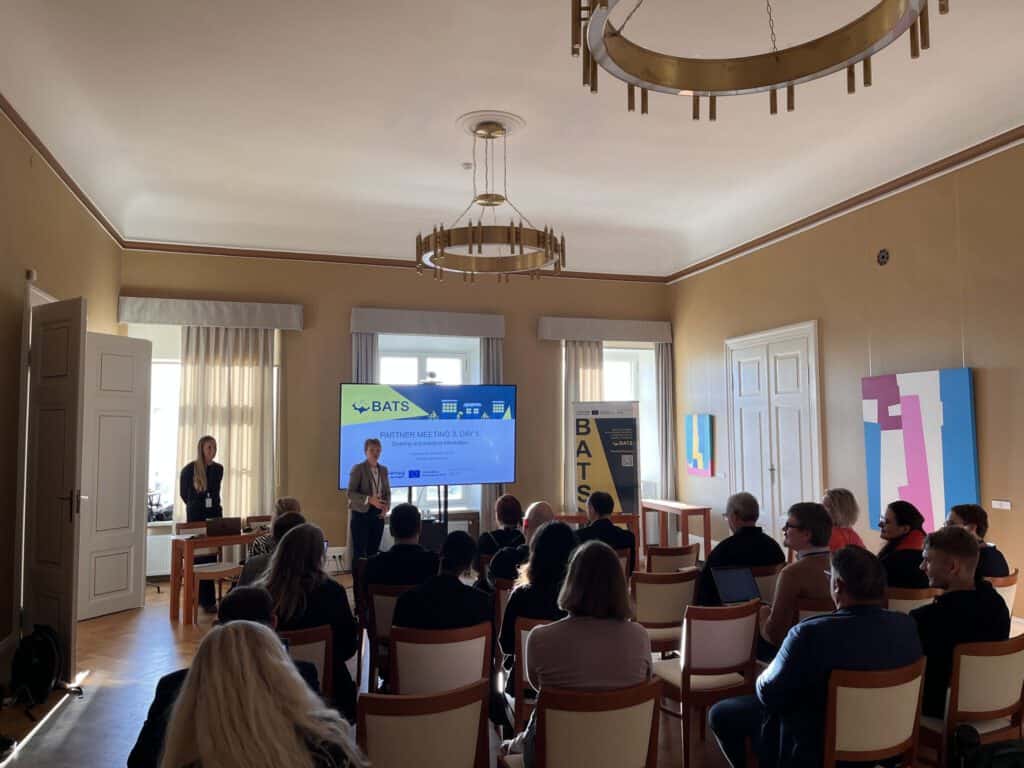
During the morning session, Emma Petterssen (Cykelfrämjandet) gave a presentation on a recently developed citizen survey template, allowing partners to provide feedback on the survey’s functionality and format in order to maximise user experience when completing it.
Continuing with the busy agenda, partners took part in a year-round active mobility toolkit testing workshop organised by Miloš Mladenović (Aalto University). The aim of the workshop was to test the draft toolkit and develop ideas and concepts for local experiments run through the BATS project, and came after a similar session held during the Velo-Finland Conference the previous week.
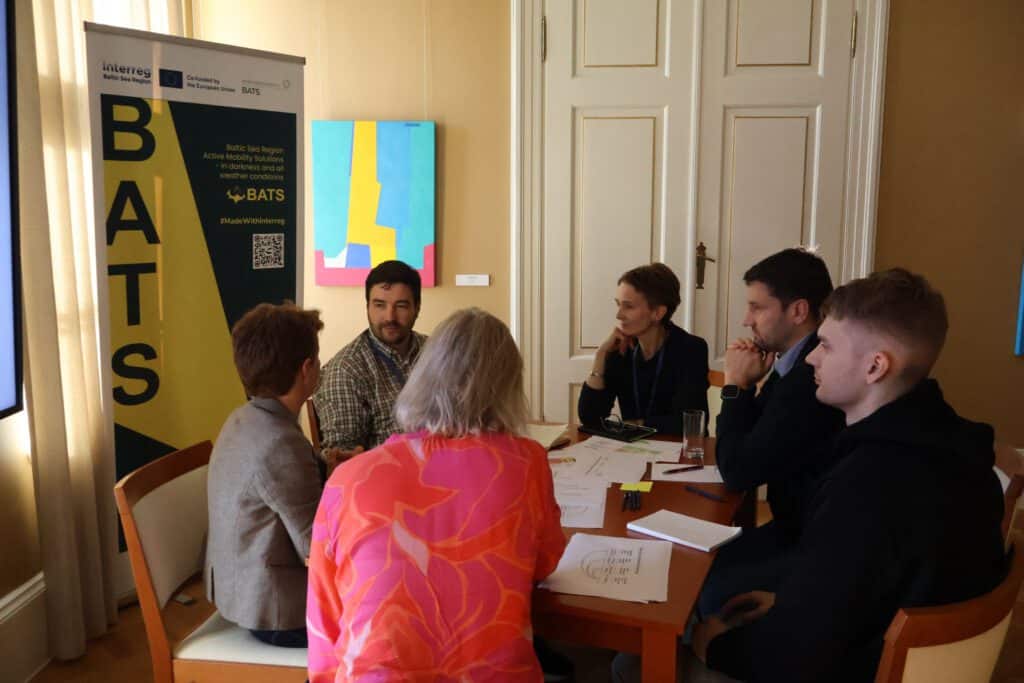
Partners were split into groups, with each group focusing on a different key aspect of YRAM. (Street design, traffic control, lighting, winter maintenance). Each aspect was related to a BATS experiment, with one member of each team representing their local experiment. The informative and interactive workshop allowed partners to share ideas for the various pilot interventions to be implemented across the Baltic Sea Region, with a focus on influencing target behaviour amongst target groups. Thanks to Miloš for the workshop!
Following a delicious lunch enjoyed overlooking the Tallinn skyline, we heard from two BATS city partners, Kalundborg and Klaipeda, on their plans for citizen activation and their visions for utilising the BATS Citizen Activation Guide.
During Kalundborg’s presentation, partners heard about the municipality’s plans to reach key target groups, namely local school and university students, and how best to use the BATS communications channels to reach these groups. Partners were able to share best practices from their own cities and campaigns, providing Kalundborg with strategies and ideas to boost YRAM in the region.
In turn, Klaipeda shared details of their plan to deploy a PR and social media campaign to increase cycling. Their engagement activities will focus on two target groups, city decision makers and infrastructure users including the organisation of events with local politicians and planners and open events with citizens. Klaipeda are also improving the safety of cycling lanes in the city through the installation of lighting devices, and the presentation resulted in beneficial knowledge exchange with other cities including Hamburg and Ümea.
The final session of the day was hosted by Gdansk University of Technology, and focused on the preliminary findings extracted from survey questions regarding approaches to monitoring active mobility completed by partners prior to the meeting.
The session showcased an overview of a series of active mobility indicators, while giving partners an opportunity to provide feedback on the usefulness of the indicators and consider their own activities. The session contributed to defining monitoring approaches to local experiments and as input for further development of guidance materials.
Following the conclusion of the sessions for the day, partners were invited by the host organisations on a walking tour of Kalamaja, a green urban area near the port of Tallinn with a recent focus on reclaiming space for active mobility and transport modes. It was intriguing to hear of the development the area has undergone, and encouraging to learn that walking and cycling has been an important consideration to coincide with the growth of this trendy, vibrant corner of the city.

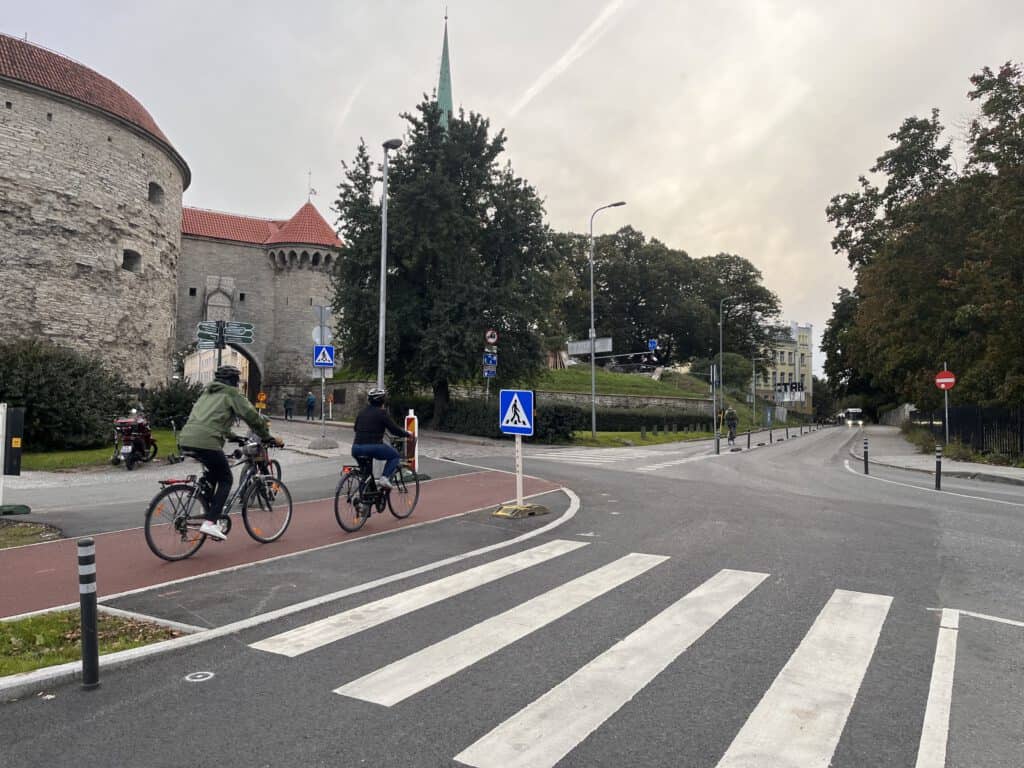
After a busy day, the consortium were happy to enjoy a meal together in a local restaurant. It was a nice chance to enjoy eachother’s company and swap stories and facts from the various cultures represented throughout the partnership.
Day 2 commenced with a short coach journey out of Tallinn City to the rural municipality of Kiili, where the partners were greeted with a presentation from the local Mayor. The Mayor gave an overview of the current approach to active mobility in the area, focusing on how to boost the number of students cycling and walking to school. This resulted in an open discussion on the themes explored during the presentation, including the specific local needs and possibilities for active mobility solutions. The BATS project was even featured in the local Kiili newspaper!
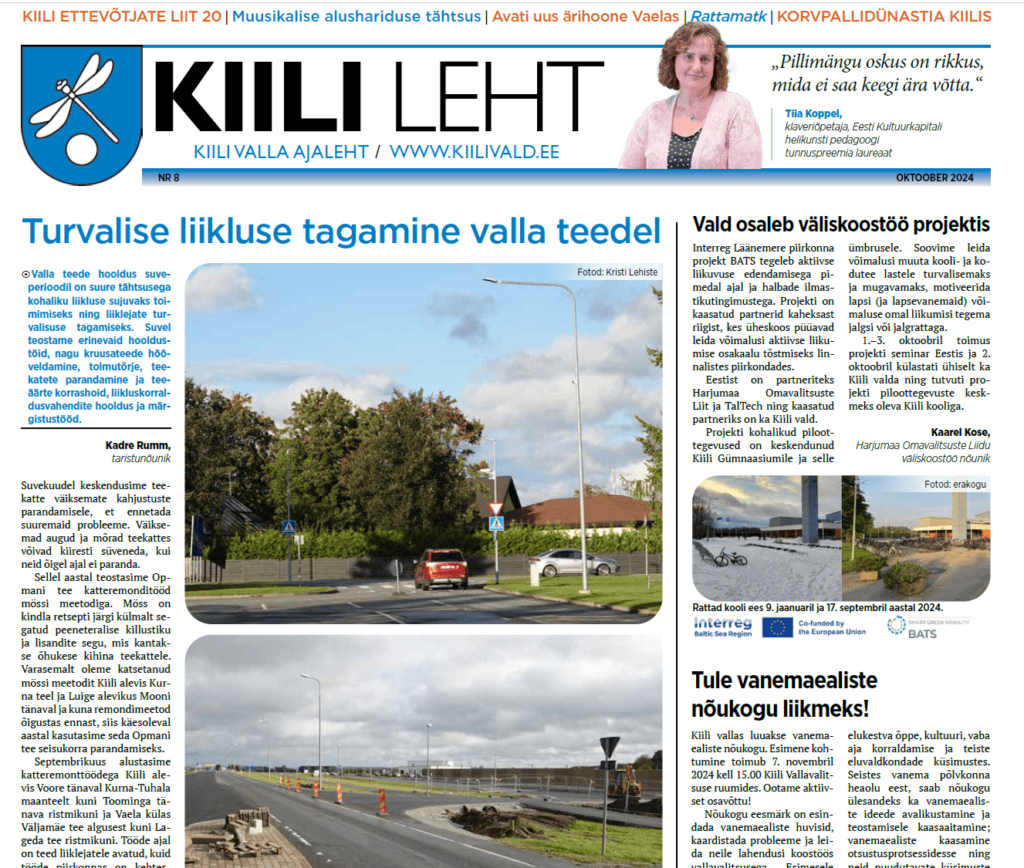
BATS featured in the local Kiili newspaper!
The BATS partners then took to the streets of Kiili, exploring the rural municipality and observing the opportunities and challenges to YRAM in the area. Despite the rain, the walking tour was educational, and provided a thought-provoking contrast to the approach in the urban area within Tallinn. The tour ended at the Kiili school, where 1000 local children are educated. Here, we heard about the plans to extend the existing facilities for bike parking, with the integration of a sheltered storage area expected to boost the number of students cycling to school during poor weather.
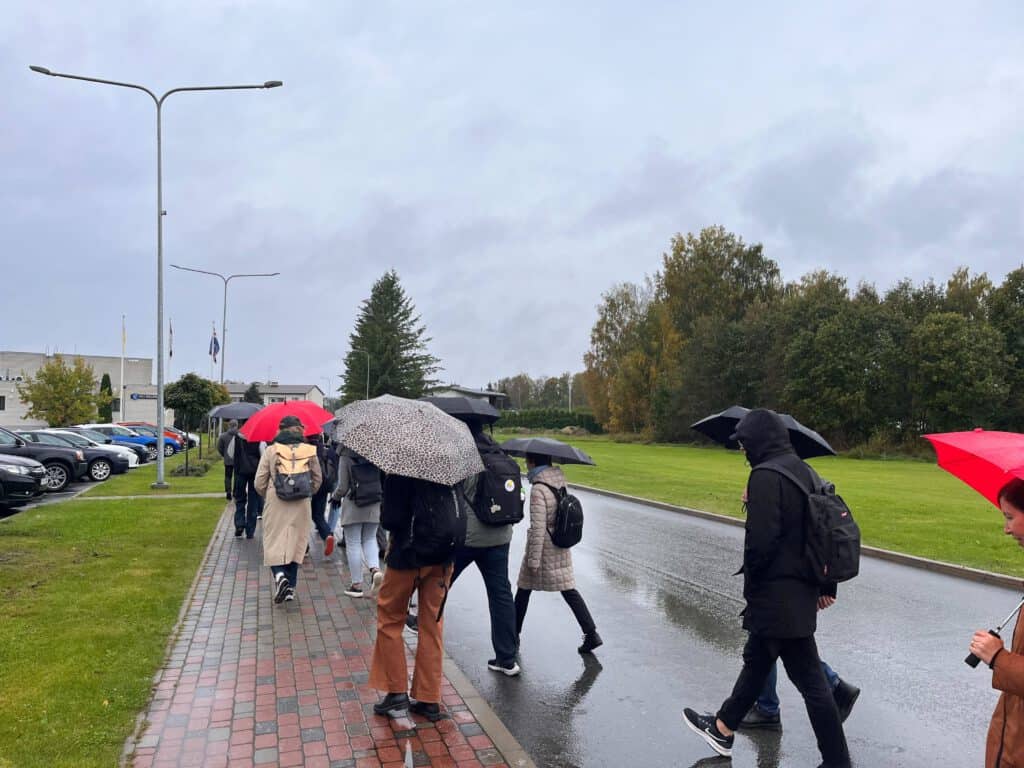
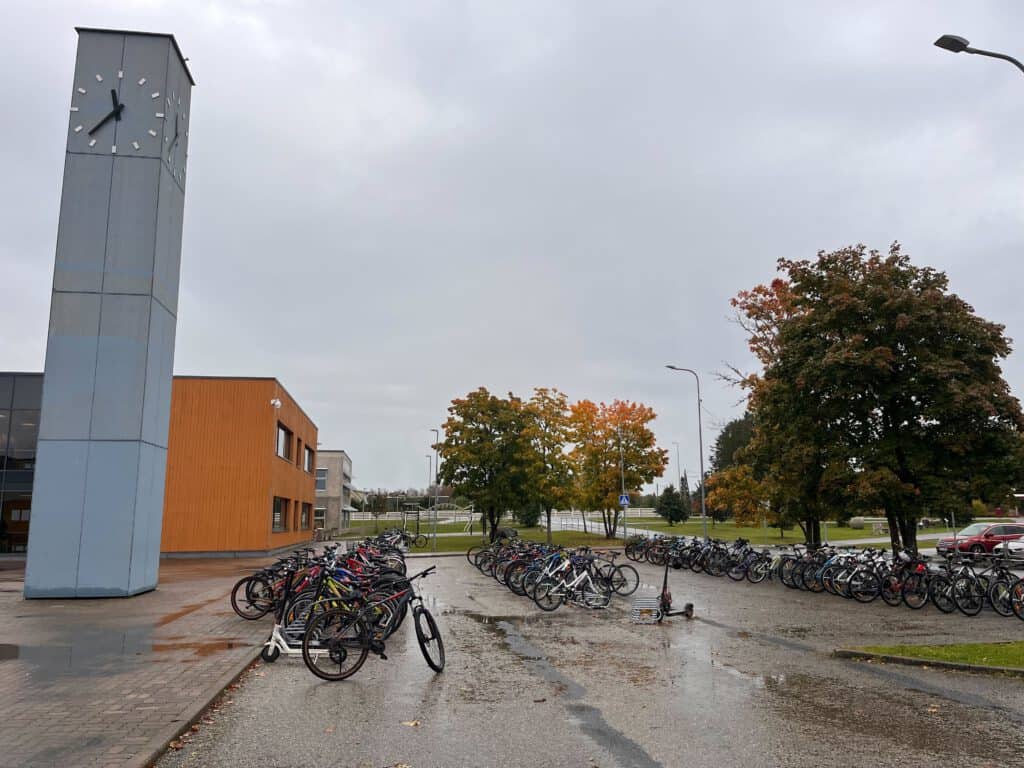
The afternoon of day 2 saw the consortium based near Tallinn Airport in Ülemiste City, the largest smart city in the Baltics and home to an international community of 500 companies. The city is a BATS associated partner and considers health as a driving force behind success, with active mobility encouraged through challenges, initiatives and an innovative urban design.
Following presentations on the city’s principles, methods and layout, we had the opportunity to witness it for ourselves during a walking tour while learning more about the local approach to active mobility and community engagement.
During the afternoon, we heard from more partners on their approaches to citizen activation.
In the City of Porvoo, partners heard more about the plans for the winter agent programme. In the city, there is a need to redesign the walking and cycling infrastructure, and partners discussed the opportunities for knowledge sharing, particularly with regards to 3D modelling to aid this process.
In Kiili Municipality, Union of Harju Municipalities continued the discussion from earlier in the day regarding the targeted activities designed to increase the numbers of students cycling and walking to school, with a further discussion around how to effectively influence the behaviour and travel methods of local families.
The second day concluded with the consortium again coming together over a meal in Tallinn’s old town, with partners continuing conversations on themes explored during an active and satisfying day of collaboration.
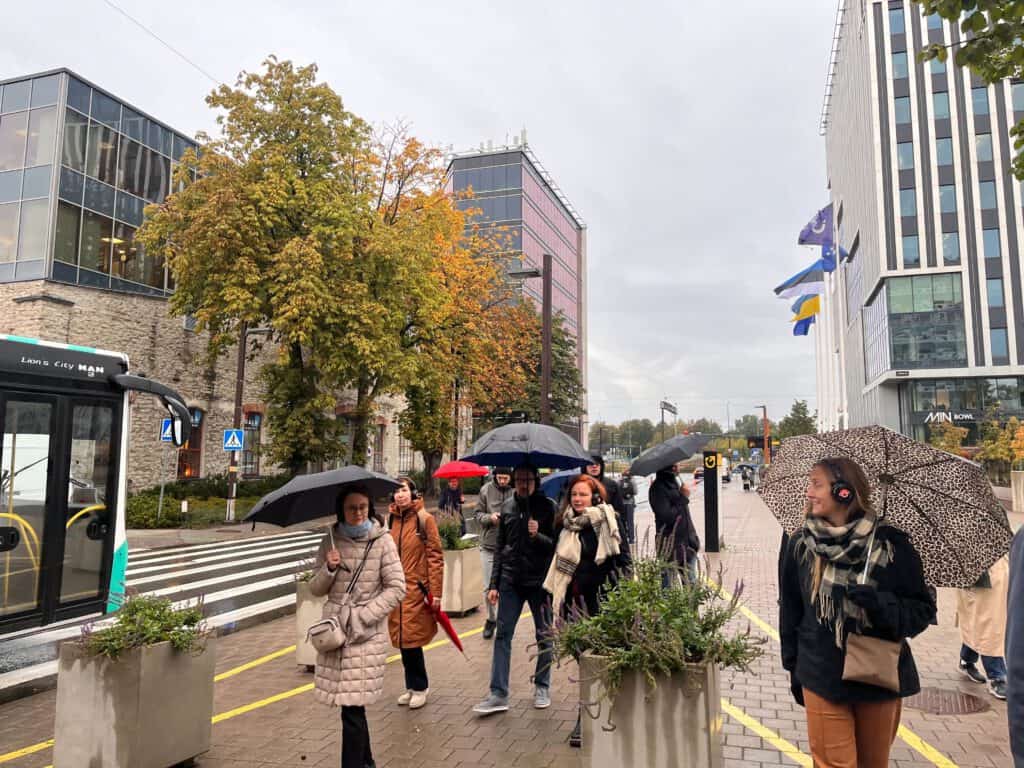
The third and final day of the partner meeting saw the BATS consortium return to Ülemiste City.
Following a recap of meeting objectives and what was achieved so far, we heard from of Umeå Municipality on their approach to citizen activation. This presentation showcased how the city promoted YRAM during European Mobility Week, is utilising light installments throughout the city, and runs campaigns and competitions amongst local schools.
Then, it was the turn of City of Gdynia to present their approach to citizen activation. The objective of the local experiment is to promote active mobility among children aged 4-7 and their parents. Gdynia is championing YRAM by extending an active mobility campaign usually run between April-June. Now, the campaign will continue through the winter months, with prizes available to encourage children to partake.
The final city to present their approach to citizen activation was lead partner Hamburg-Altona. The specific objective of the local pilot in Hamburg-Altona is to increase safety and reduce incidents amongst active mobility users. The city is also using a mixture of methods to gather feedback from target groups to influence campaigns and strategies moving forward.
Before wrapping up the meeting, partners engaged in an interactive communications workshop, run by Bax. During the workshop, project partners recorded some key messages to be conveyed to identified target groups and follower network, as well as considering the most optimal methods to deliver the messages. The knowledge developed during the workshop will help to guide the next phase of BATS communications and outreach.
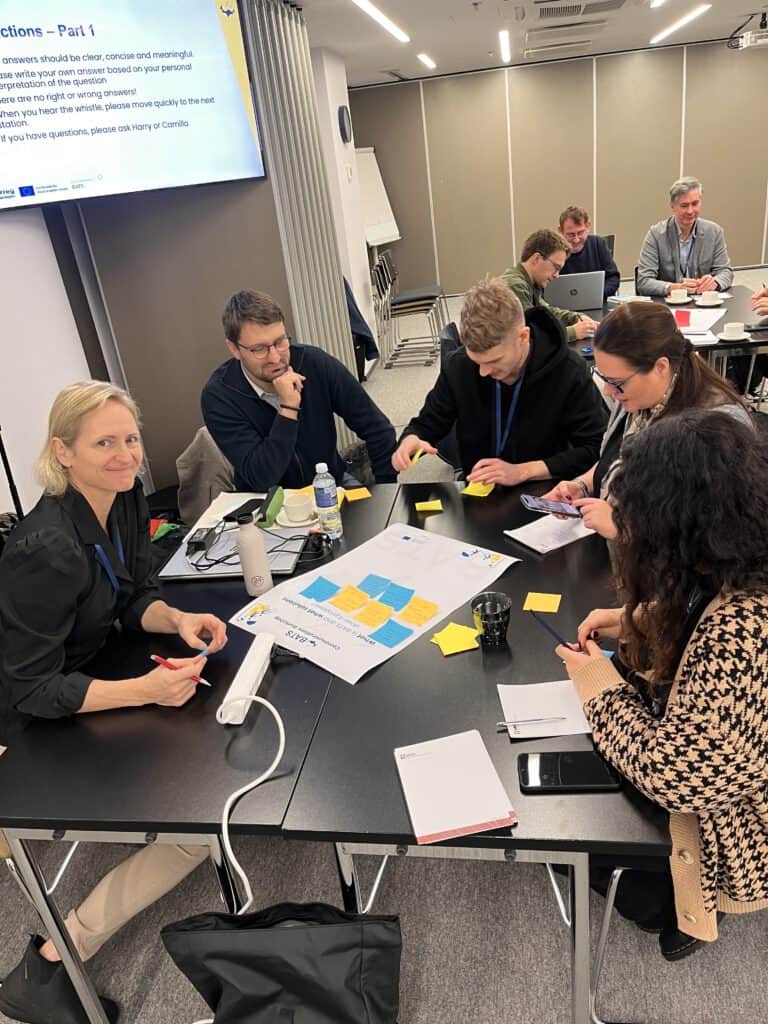
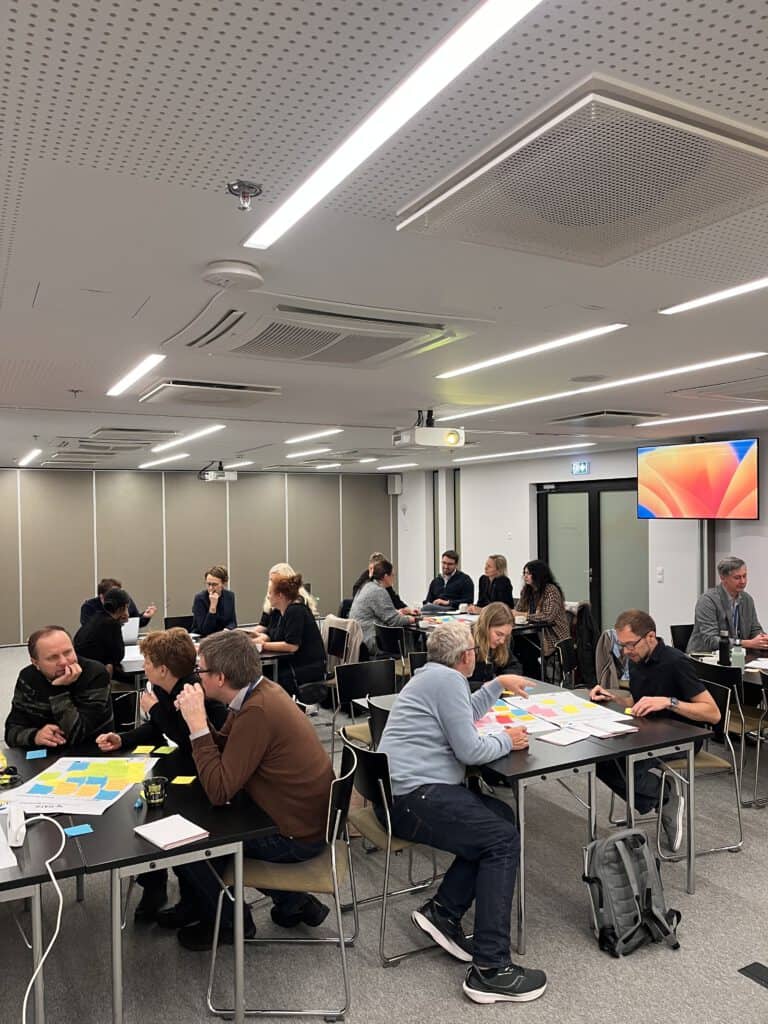
After a look ahead to the coming months, the latest winner of the BATS photo challenge was awarded with a prize. This time, the winner was Simo Syrman (City of Porvoo) for his picture representing the theme “Spring is coming.” Congratulations Simo!
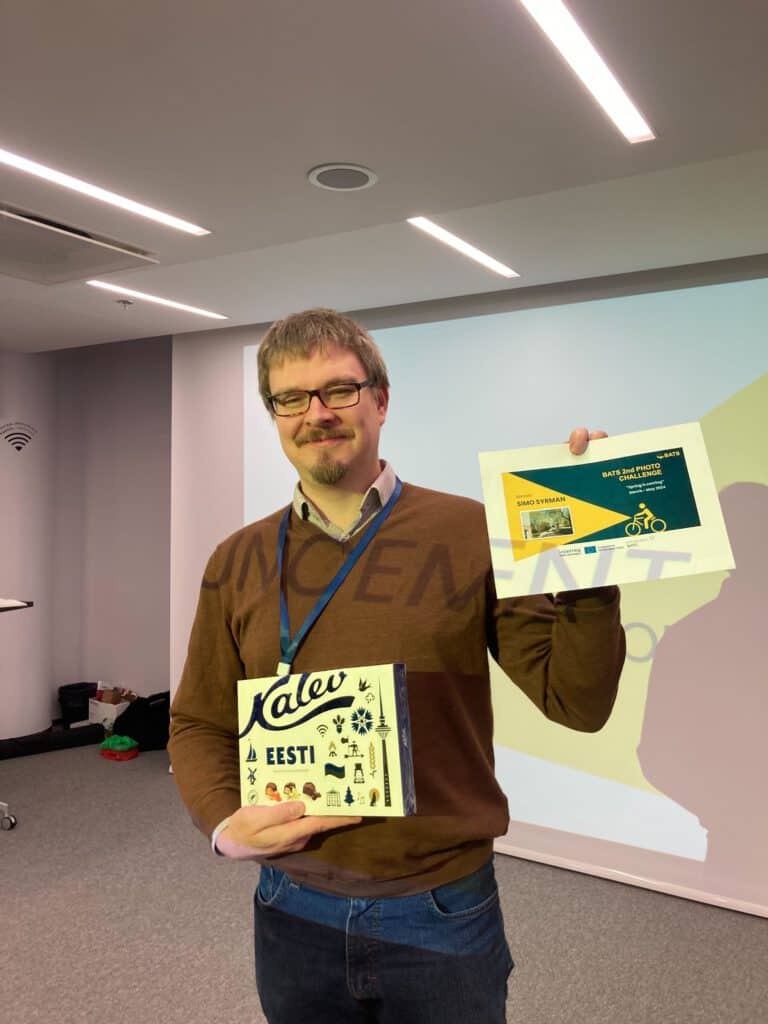
Overall, BATS partners enjoyed a busy, yet highly satisfying few days in Tallinn, where key project themes were explored, outputs tested, and progress showcased.
Reflecting on the meeting, Jaana Merisaar from co-host TalTech University commented:
“The TalTech team is pleased to have been one of the hosts for the BATS partner meeting in Tallinn. The meeting days were filled with many insightful discussions and opportunities for further development of the BATS Toolkits, including the Citizen Activation Guide. Also, it was a good opportunity to experience YRAM firsthand while having the walking tour in the rain in Kiili.”
Thanks must go to our hosts, TalTech University and Union of Harju Municipalities for their excellent organisation and for making the whole consortium feel welcome in Tallinn! Thanks are also due to all project partners for their efforts and contributions during the course of the meeting.
We are excited to continue our collaboration as we champion year-round active mobility across the Baltic Sea Region. Stay tuned for exciting updates coming soon!





